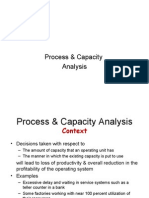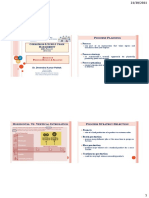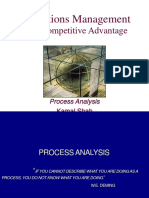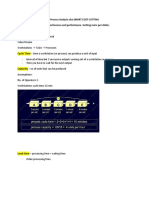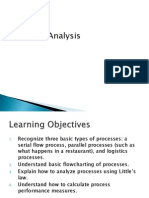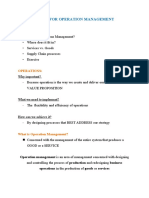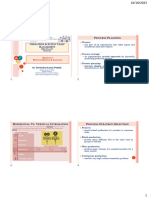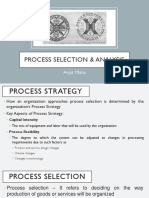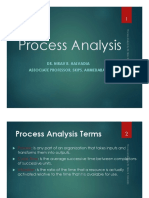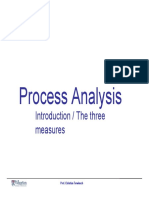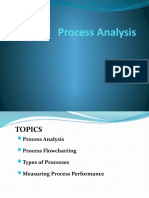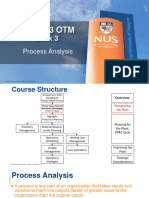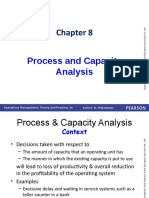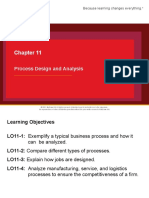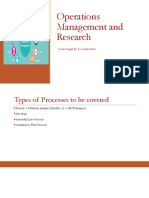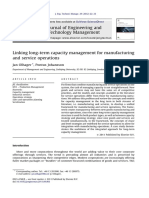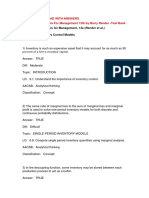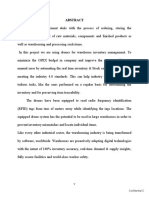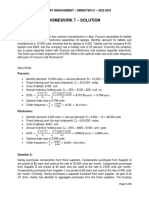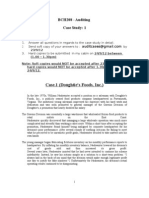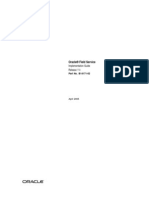0% found this document useful (0 votes)
30 views32 pagesProcess Analysis
Process analysis involves documenting and analyzing how work is currently performed in order to identify opportunities for improvement. It begins with describing the process through activities, times, sequencing, and creating a process flow chart. Key aspects of process analysis include throughput time, capacity, utilization, bottlenecks, blocking, and starving. Process analysis provides insights into process performance and forms the basis for process redesign and improvement.
Uploaded by
ur23095Copyright
© © All Rights Reserved
We take content rights seriously. If you suspect this is your content, claim it here.
Available Formats
Download as PDF, TXT or read online on Scribd
0% found this document useful (0 votes)
30 views32 pagesProcess Analysis
Process analysis involves documenting and analyzing how work is currently performed in order to identify opportunities for improvement. It begins with describing the process through activities, times, sequencing, and creating a process flow chart. Key aspects of process analysis include throughput time, capacity, utilization, bottlenecks, blocking, and starving. Process analysis provides insights into process performance and forms the basis for process redesign and improvement.
Uploaded by
ur23095Copyright
© © All Rights Reserved
We take content rights seriously. If you suspect this is your content, claim it here.
Available Formats
Download as PDF, TXT or read online on Scribd
/ 32
